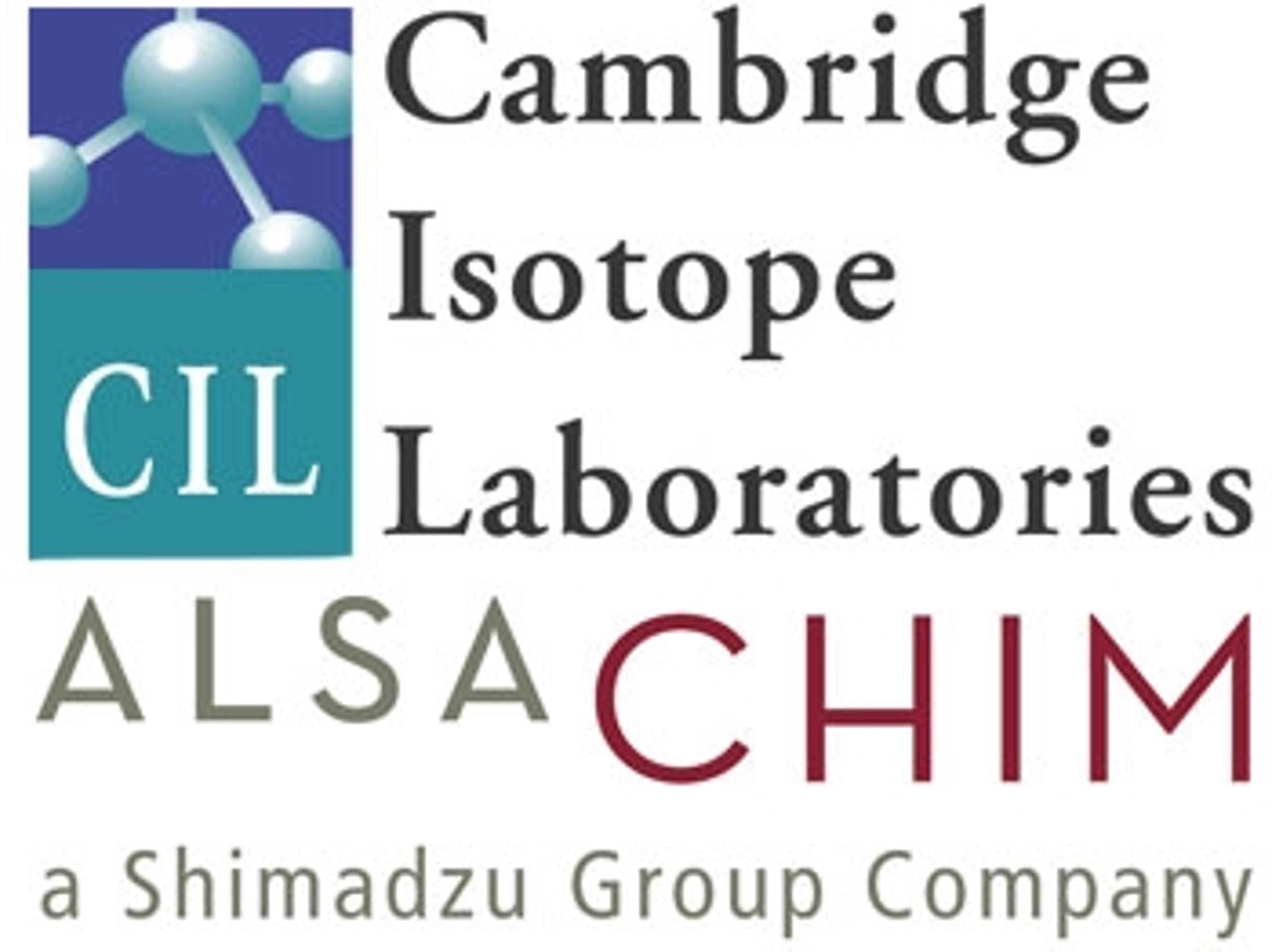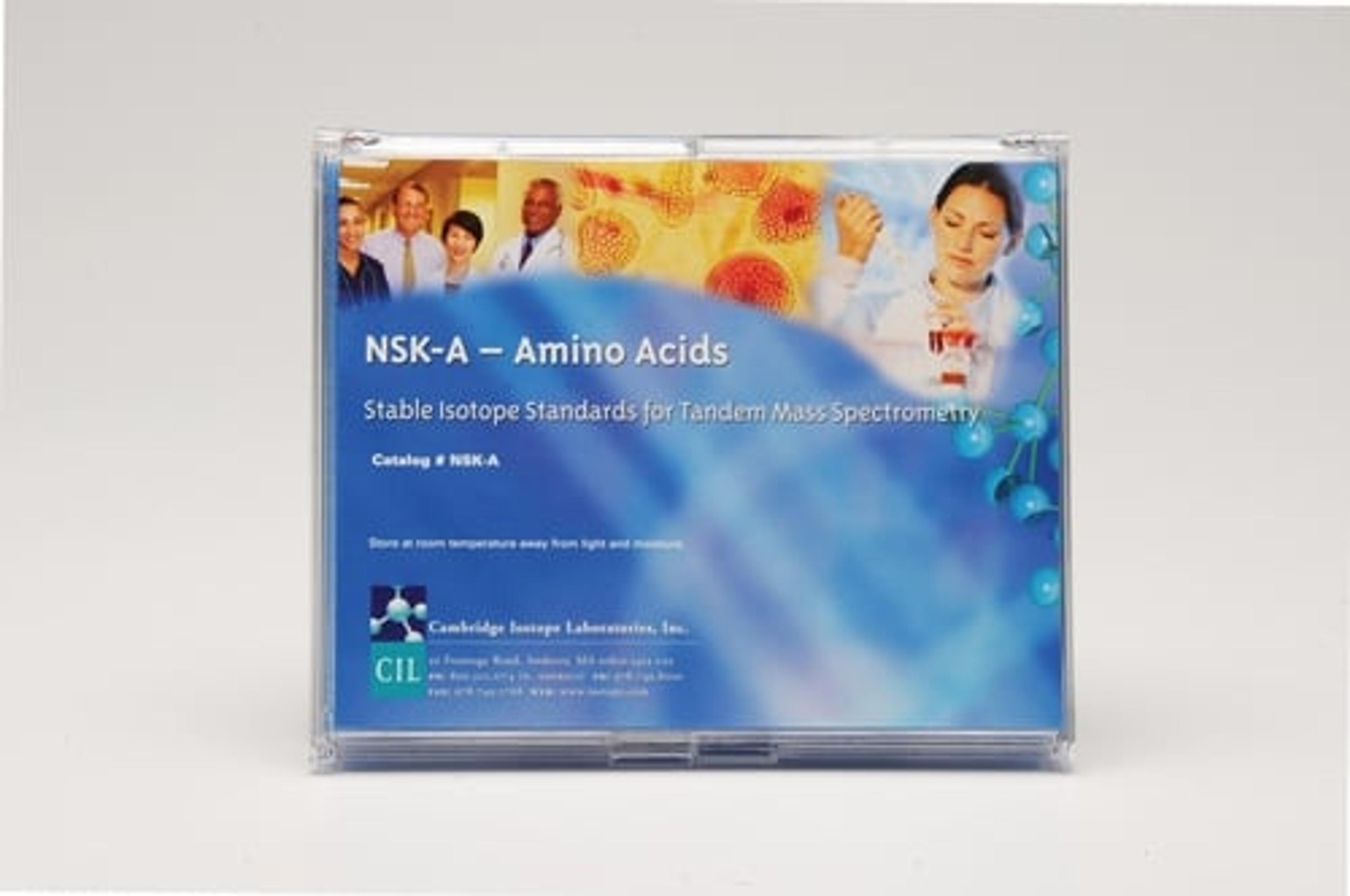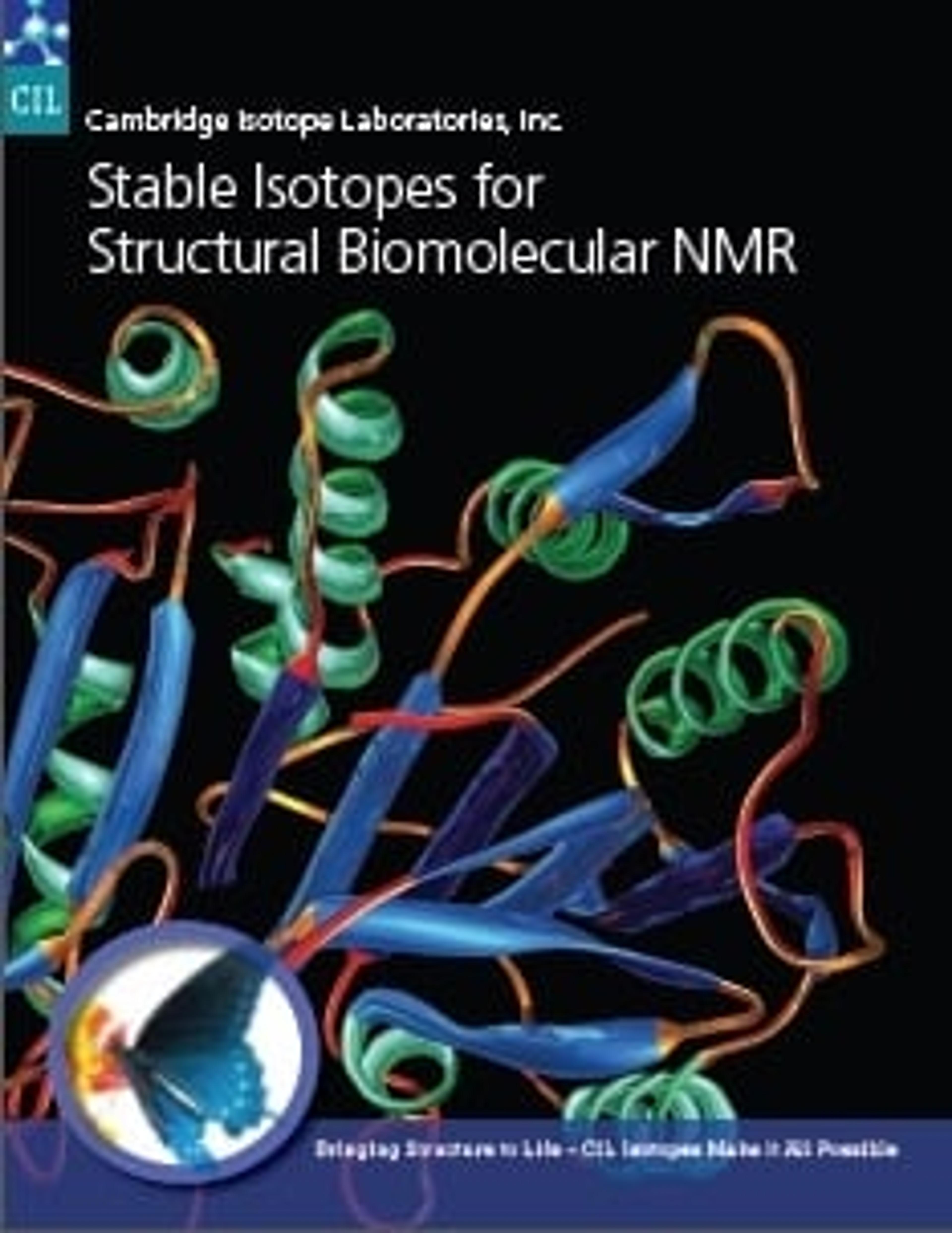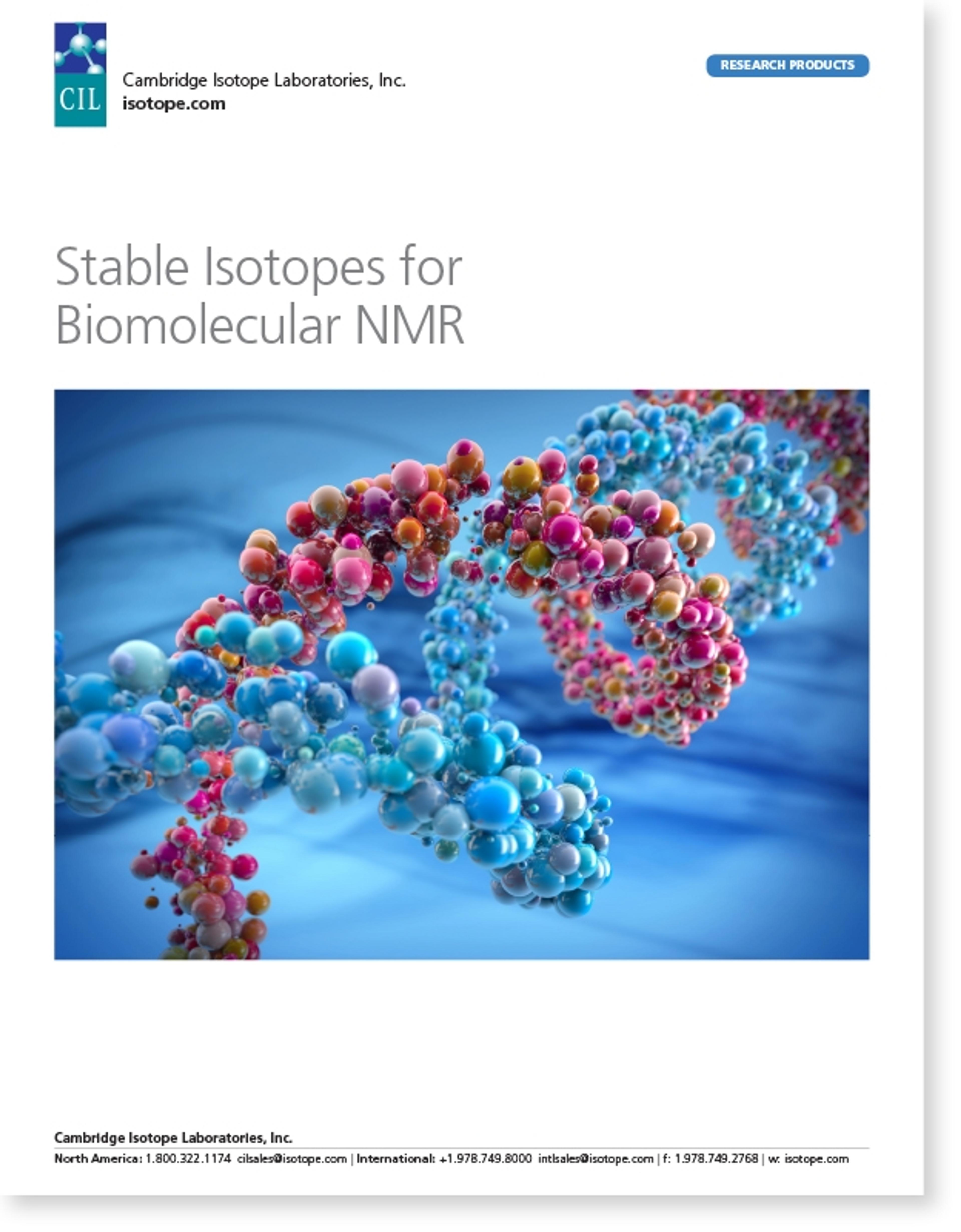Metabolomic Products
An innovative technology termed isotopic ratio outlier analysis (IROA) was developed to overcome the analytical challenges associated with current, stable isotope labeled compounds used in untargeted /targeted metabolic profiling. These challenges minimally pertain to analytical variance, artifactual peaks, and metabolite identification. The IROA method uses metabolic incorporation of heavy (95% 13C) and light (5%…
An innovative technology termed isotopic ratio outlier analysis (IROA) was developed to overcome the analytical challenges associated with current, stable isotope labeled compounds used in untargeted /targeted metabolic profiling. These challenges minimally pertain to analytical variance, artifactual peaks, and metabolite identification. The IROA method uses metabolic incorporation of heavy (95% 13C) and light (5% 13C) nutrients, such as D-glucose and other carbon energy sources, to give rise to unique labeling patterns that can be readily identified and distinguished by Mass Spectrometry. Such a method would be useful in interlaboratory quantitative evaluations, if widely available. Cambridge Isotope Laboratories, Inc. (CIL) is proud to offer a series of IROA® Biochemical Quantitation Kits for metabolic profiling of various cell populations and biological samples. These kits contain the protein reagents and tools necessary for the successful metabolic labeling, identification, and quantitation of metabolites in various cell populations. Features:
- Eliminates technical and analytical variance, increases reliability
- Removes artifacts and noise, increases precision and determination of metabolome
- Reproducible identification of knowns/unknowns
- Accurate, relative quantitation
- Automated solution (via software)
- Easy statistical interpretation of sample results
- Broad applicability with experimental perturbations being user-defined













